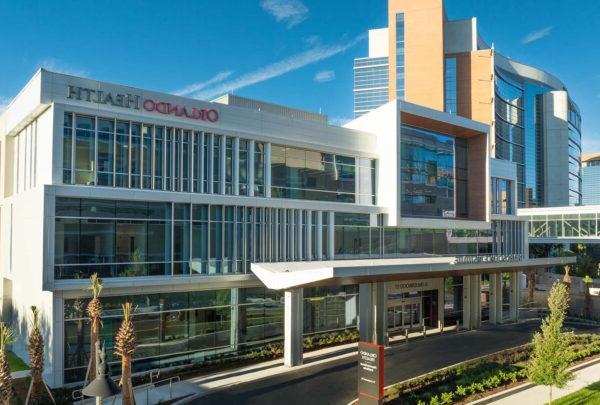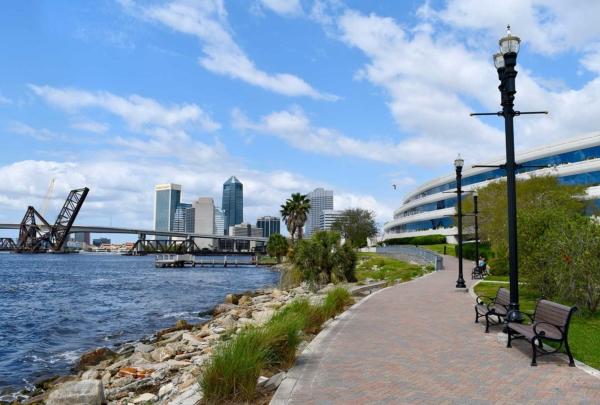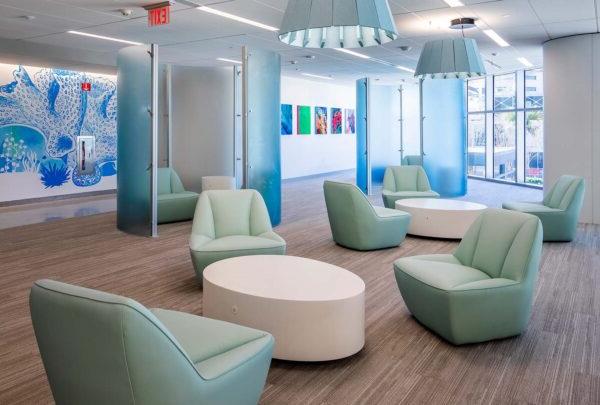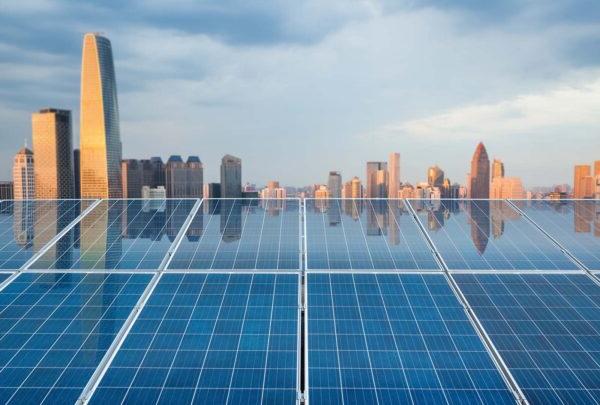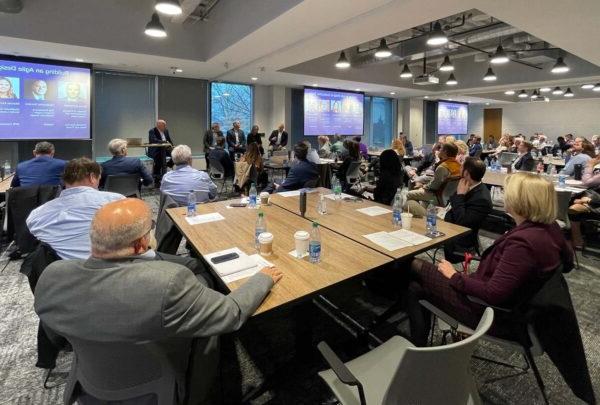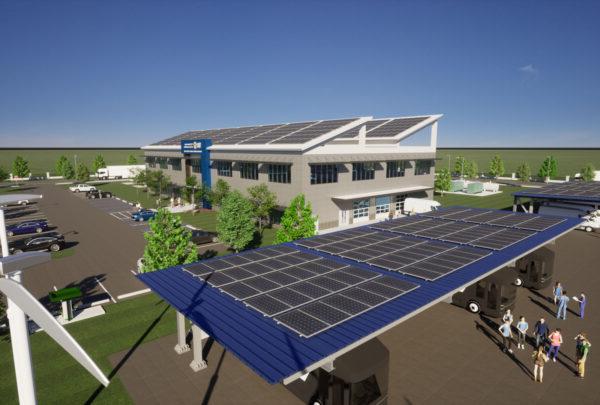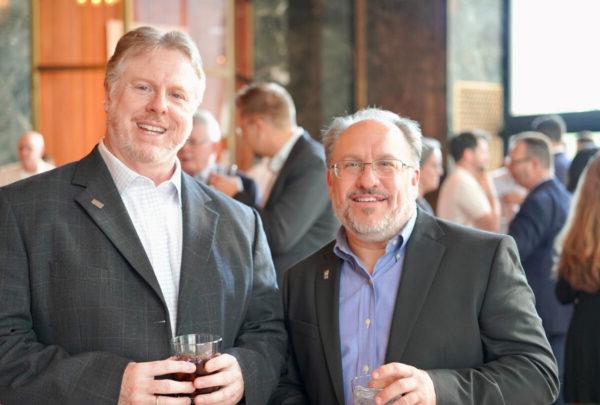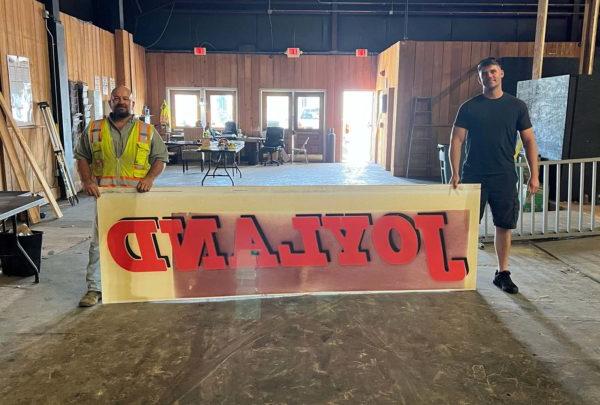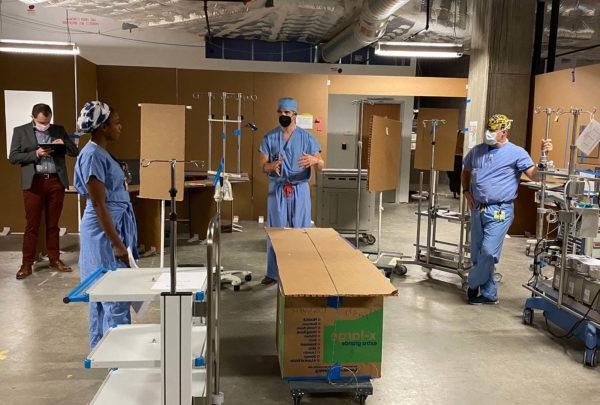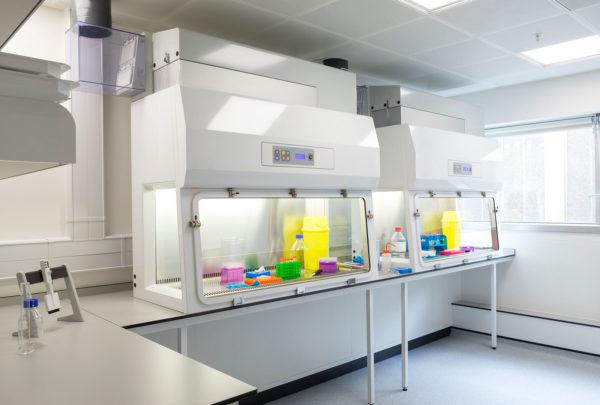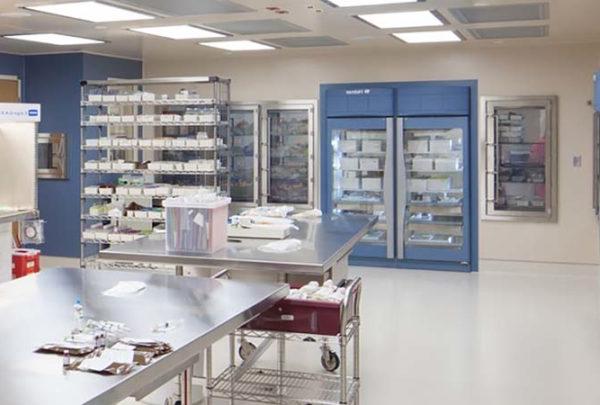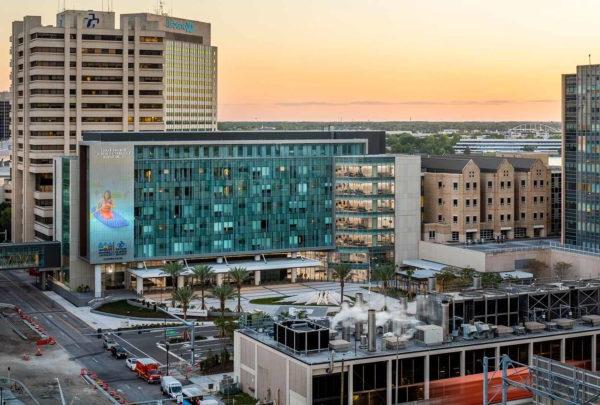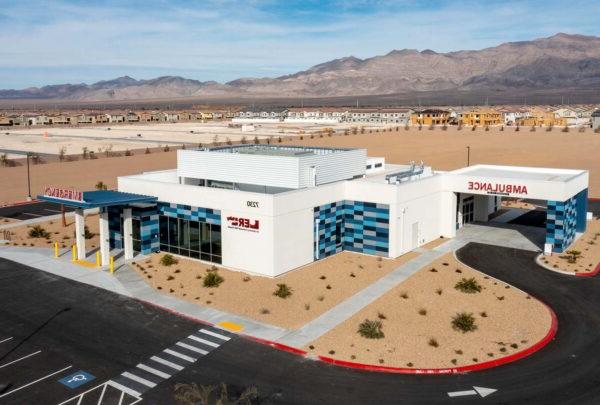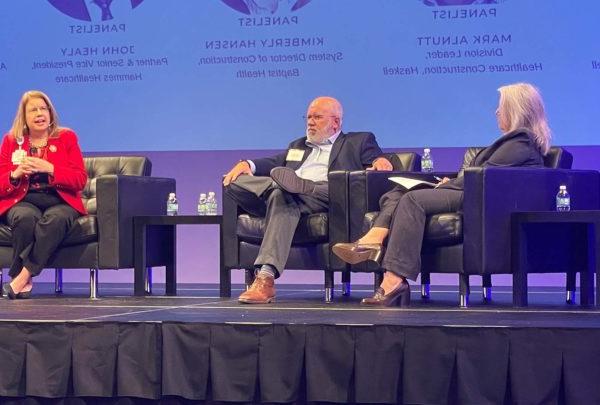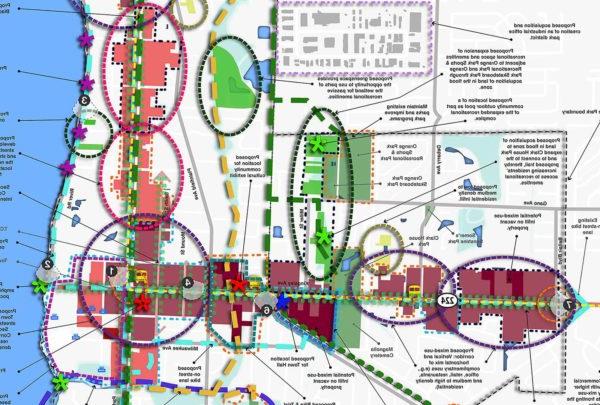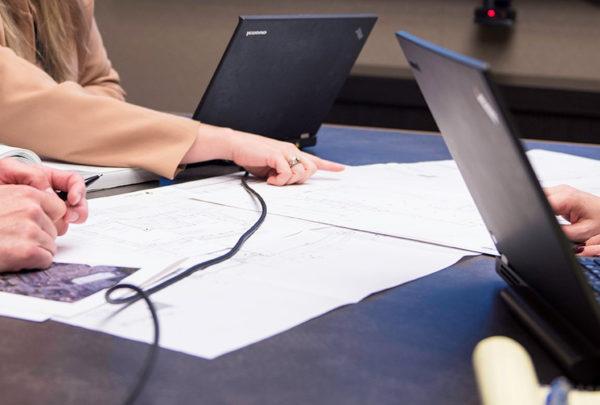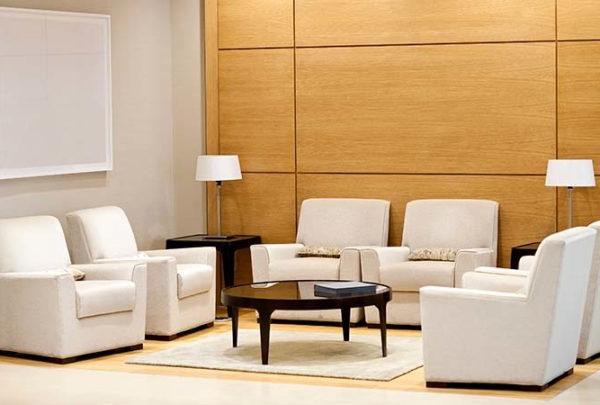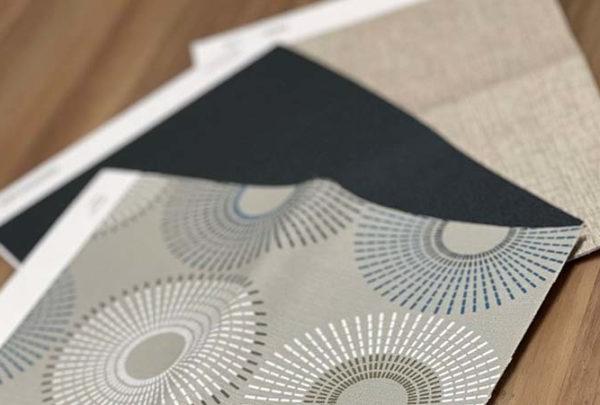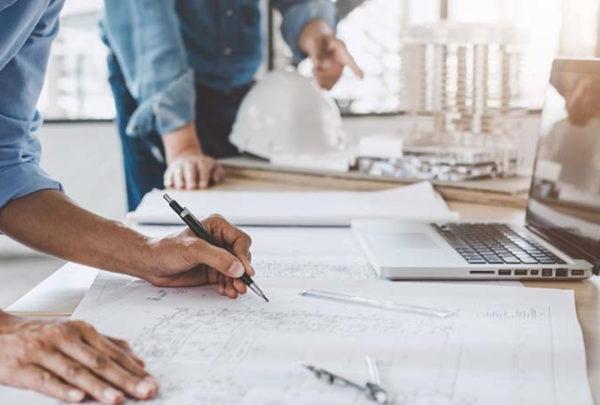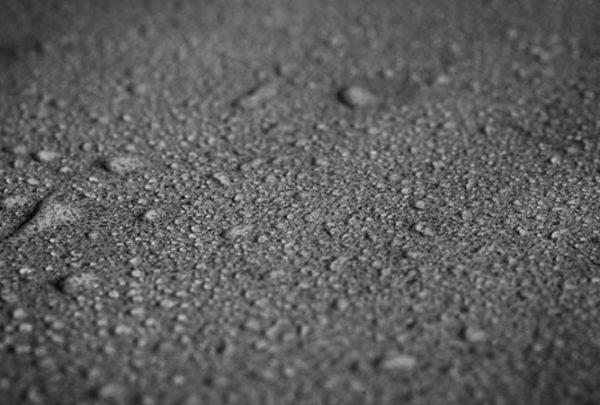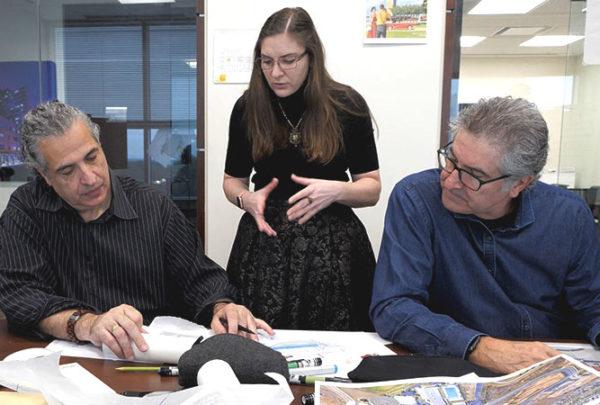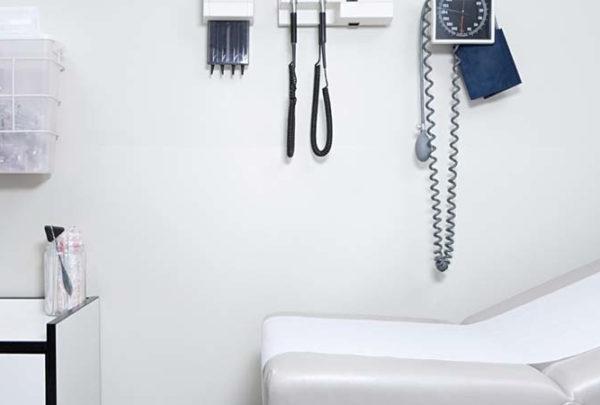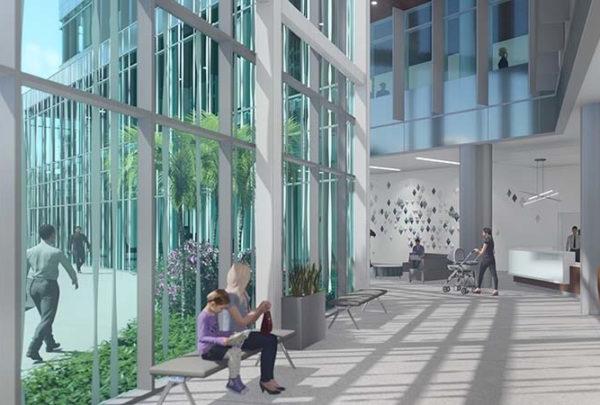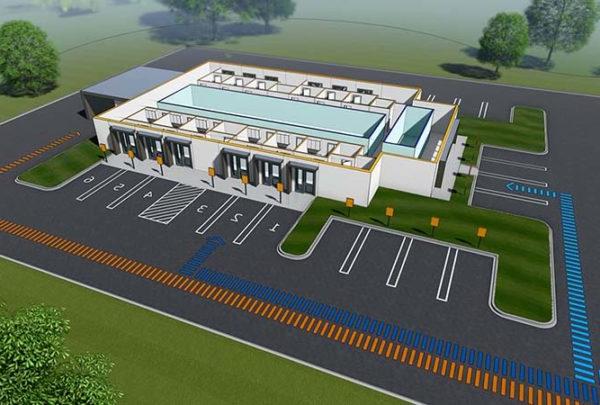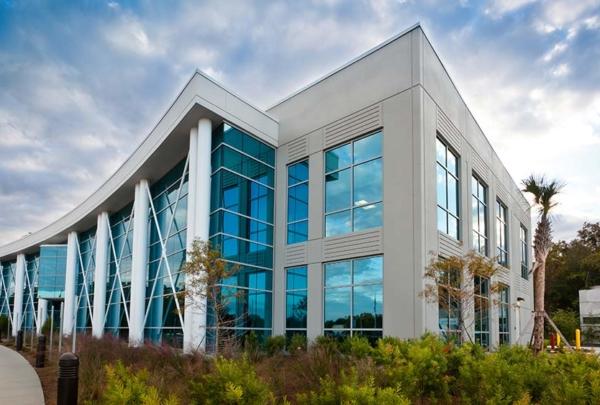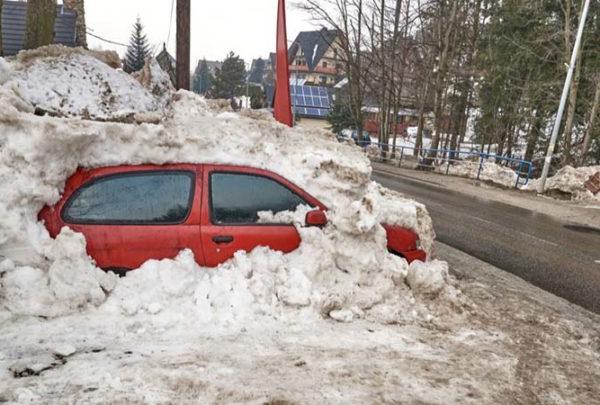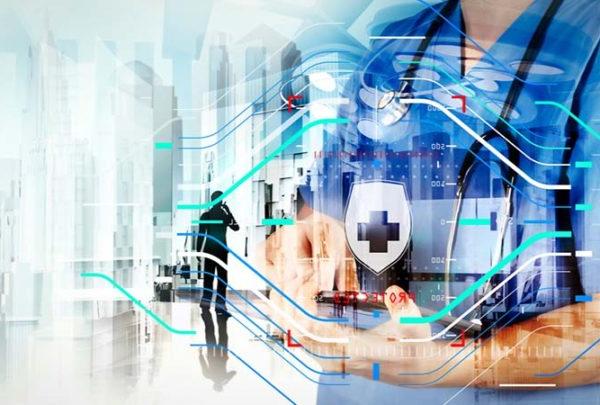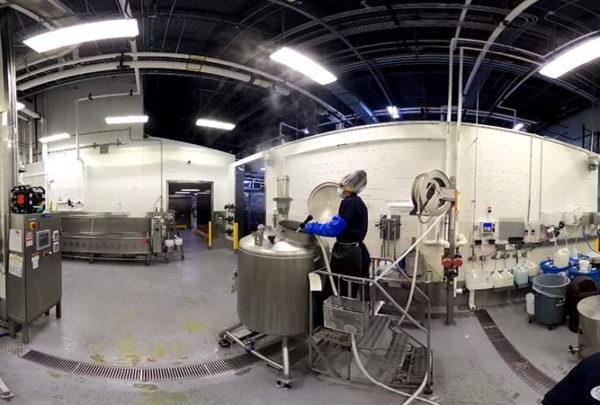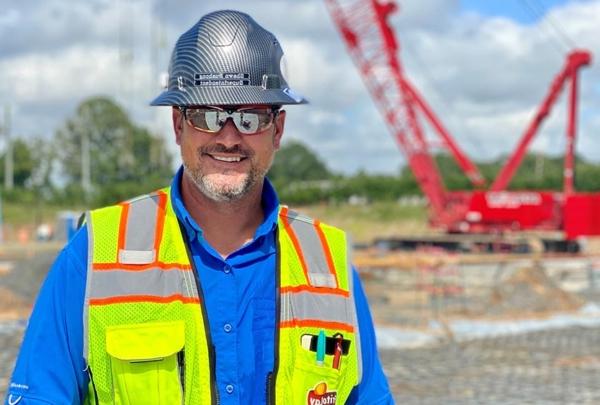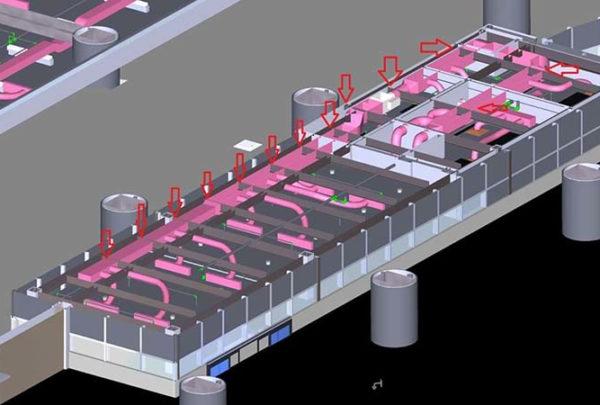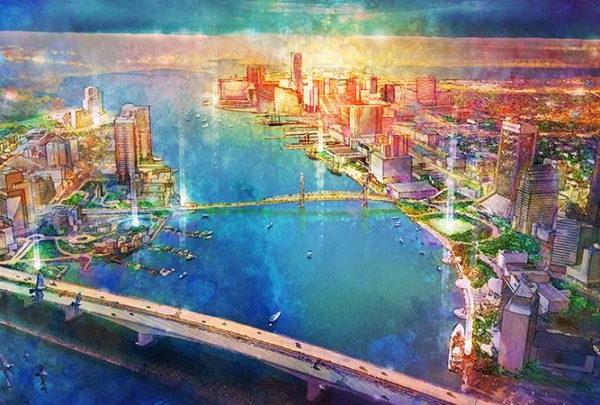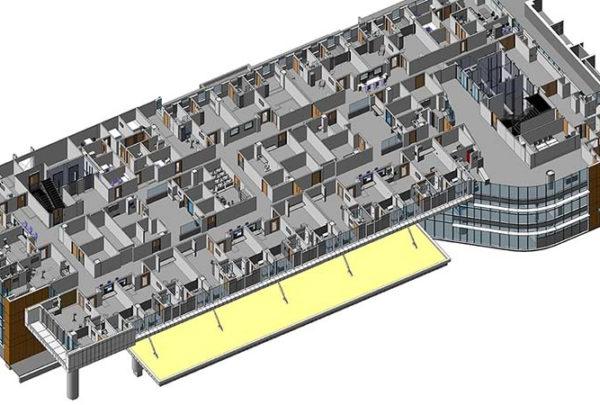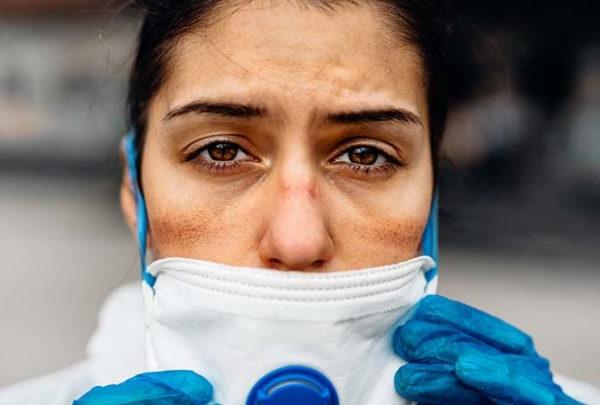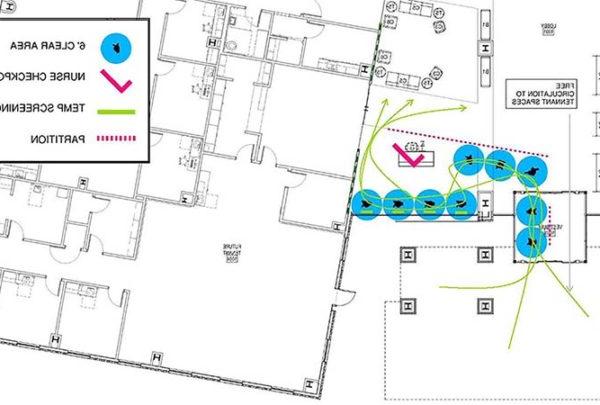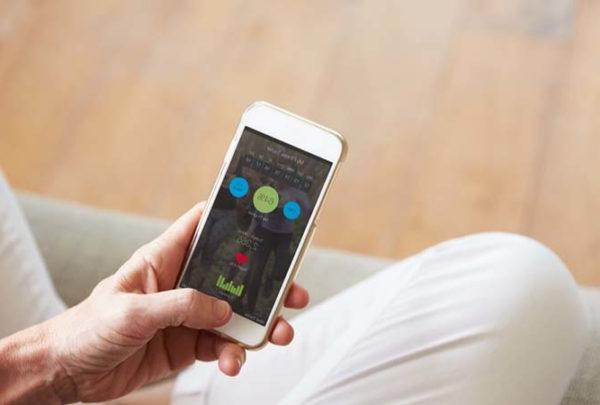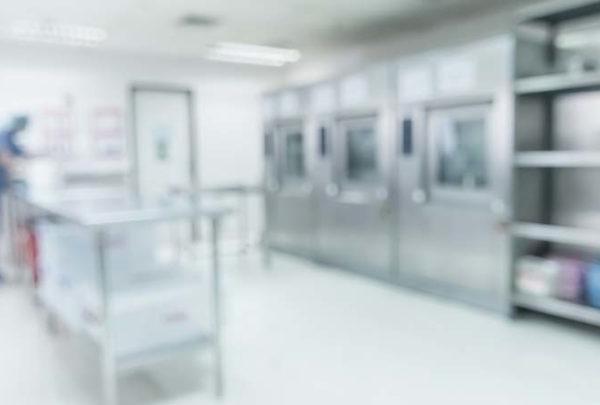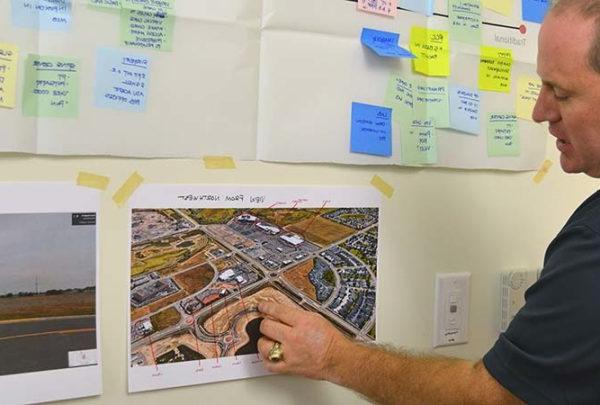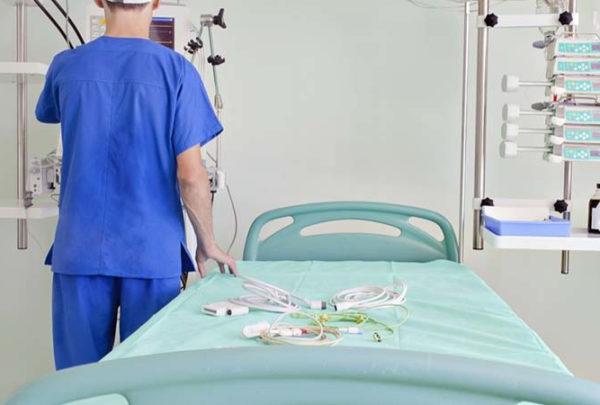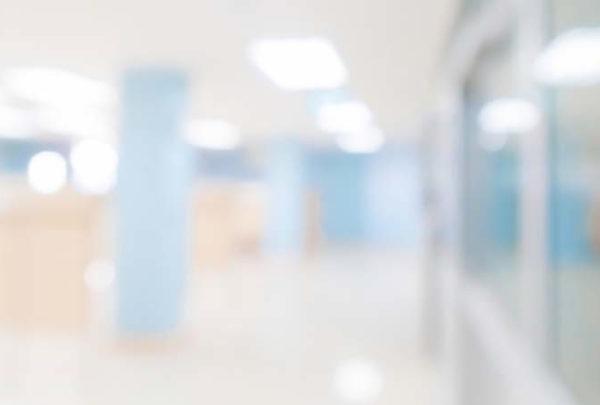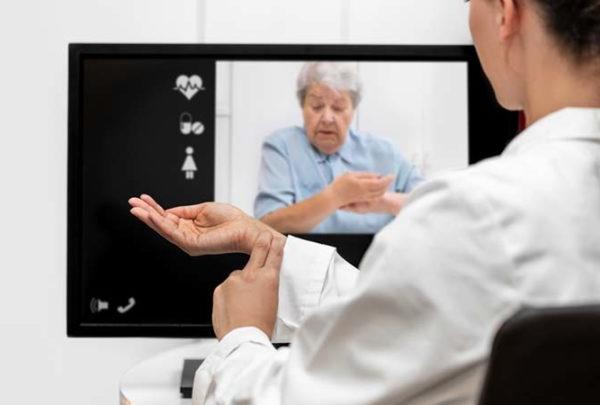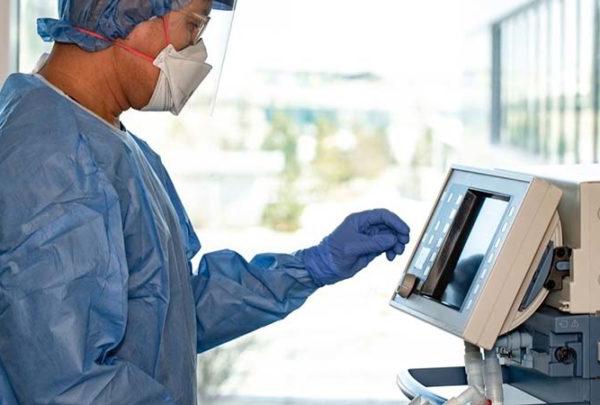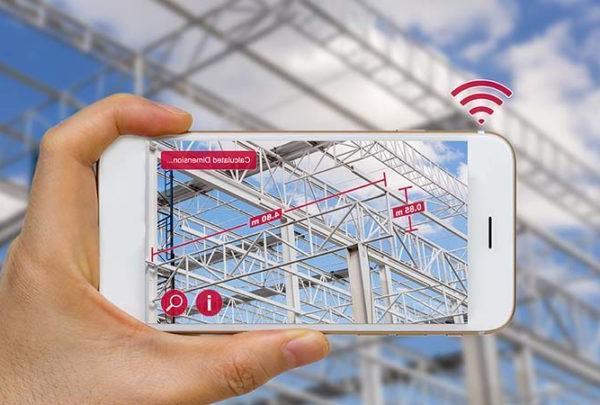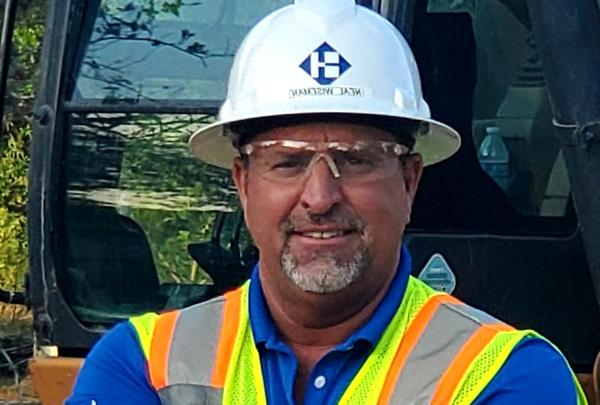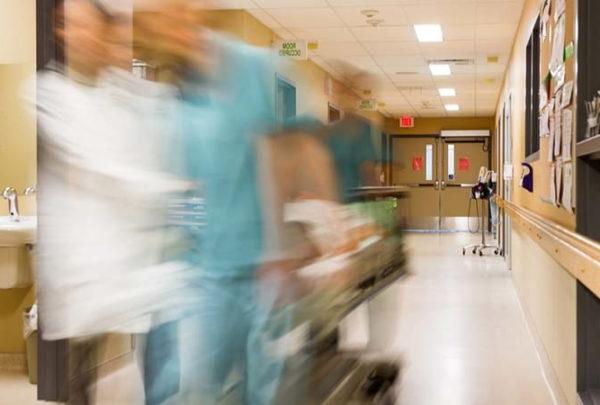Architects and designers are immersed in a challenge to create healthier built environments that address the coronavirus pandemic concerns. This challenge is reshaping our design approach both immediately and long-term. Questions about existing facilities, or projects in the midst of design and construction, have long-term implications for design best practices. And to some degree, how we look that this challenge will affect possible changes to codes and regulations that govern designs moving forward. Whether it is COVID-19 or unidentified future superbugs, healthcare clients look to us to be inquisitive, innovative, and solution-minded while meeting even tighter financial goals and objectives as a result of our current pandemic.
Social distancing was never a consideration for pre-COVID-19 designs. Now, science informs design to address these shortcomings. For example, arrival spaces rarely considered screening or “people-queuing,” isolation of sick patients, protective waiting areas, and “hands-free” registration, not to mention “touchless” toilets, where social distancing is very difficult to accommodate in smaller spaces. Hospitals generally offer 8-foot-wide corridors, but few medical office buildings have corridors wider than 6 feet, which presents issues where the corridors are long and pedestrian passing is a necessity. Other public spaces that may present concerns include small, congested gift shops and retail spaces such as the pharmacy and cafes, and even the chapels so common in faith-based healthcare systems. Furniture and fixtures provide solutions in large spaces such as lobbies, waiting rooms, and cafeterias, but the traditional occupancy standards will be greatly reduced, making the cost per square foot for use of this space more expensive.
Hospitals near my home in Southern California have the benefit of a mild climate, so screening is conducted outside buildings and you can find your morning coffee and your lunch snacks at an outdoor vendor cafe. In locations where the climate and the site constraints are not as accommodating, interior space will need to be redesigned and the processing of patients, family members, and even caregivers within their functional spaces must be changed. Equally important is the graphic and wayfinding information that directs and reassures the user that the facility is safe and managed. I recently visited several nearby hospitals and medical office buildings, noticing in all of them present a huge opportunity to improve patient experience and consumer confidence. The temporary blue tape lines on the floor, flimsy plexiglass partitions, and stacked furniture and equipment will be short-lived. Given the timeframe required to design and remodel medical spaces and assuming that a vaccine for COVID-19 is likely a year or more away, every healthcare client should be hiring their design team now to study and design solutions.
For existing buildings, it will be important to access the mechanical system to mitigate isolation concerns and to creative HVAC systems that accommodate flexible adaptive spaces. In emergency departments, triage spaces, infusion and treatment spaces, and other areas that historically were open or divided by cubicle textiles, consideration will need to be given for more separation and isolation. It has been troubling to see hospital patients expire while waiting in overcrowded waiting rooms lobbies. Gurneys lining emergency room corridors present an equaling troubling concern; adjacent convertible spaces must be designed with the power, air, and medical devices necessary for temporary space conversion. Doing this may suggest additional costs be spread over a larger more convertible area. Given caregivers’ stressful environment, more respite rooms are needed. Science suggests that the frequency of exposure and the duration of time during the exposure play an important part in the spread of the disease. Considering this highly collaborative work environment, innovative designs are needed to afford physical and visual connection while increasing the physical distance being advised by the CDC.
When programming for new design and construction projects, as much as 20% additional square footage may be suggested to accommodate greater social distances within the facility. Obviously, this can be a budget breaker, and designers may look at incremental space changes, much like airports had to consider after 9/11.
More app-friendly technology embedded into the architecture and the equipment will negate the need to touch as many surfaces, therefore the technology budgets must increase. Few hospitals have adequate emergency command centers with the technology needed to effectively manage any patient surge or pandemic.
New approaches to space planning and building material selection are achievable goals for both existing facilities and current projects being planned. Every building surface should be evaluated by its effectiveness to kill bacterial and slow the spread of infection.
Good design is a measure of risk management. Creating spaces that protect patients, visitors, and caregivers demonstrates a commitment to changes that improve outcomes. These changes affect every single room and space within the facility and space assessments, so it’s important to conduct feasibility studies to move forward with appropriate design and construction changes that match to our new normal.





